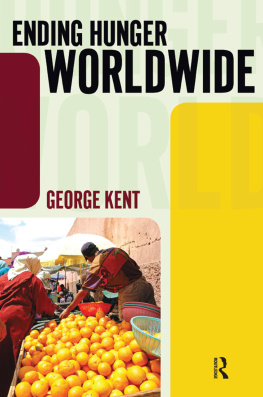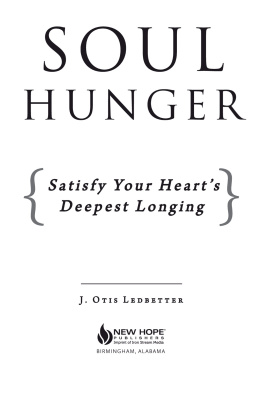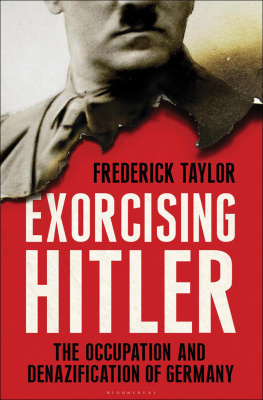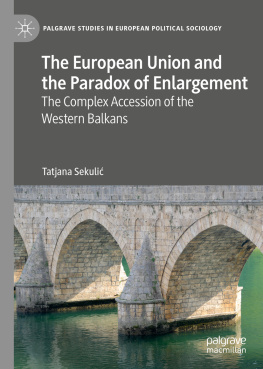Supply Situations: National Socialist Policies of Exploitation and Economies of Shortage in Occupied Societies During World War II
Wars cause breakdowns of economies by destroying production, trade and infrastructures. They disrupt sowing and harvesting as well as distribution chains of all kinds. During World War II the consequences thereof for people living in occupied countries were aggravated by ruthlessly implemented German exploitation policies . The resulting shortage took different forms, but was an issue from France to Russia and from Norway to Greece . To varying degrees, it concerned food, housing, heating and electricity as well as products related to medical care to name just the most essential issues.
Research has so far focussed more on policies of exploitation than on coping strategies. Put more precisely, this history of exploitation has predominantly been written about in one of three strands. First, the focus has either been on economic macro-history with an interest in assessing the contributions of various countries regarding the German war effort, among them the highly industrialised countries of Western Europe like France , without which Germany could not have continued the war for six long years.
In contrast to this, we know far less about how people handled shortage and scarcity or how they tried to survive in times when starvation hit whole societies. The question Being hungry what do people do? Compared to this, most countries in Western Europe were better off. Nevertheless, the gnawing sensation of hunger and general scarcity was foremost on many peoples minds.
To discuss these issues in more detail and act as an introduction to this book, this chapter therefore starts with an overview on National Socialist exploitation policies . It then turns to economies of shortage in occupied societies. Special attention will be paid to rationing systems and makeshift economies as well as on how German occupying personnel criminalised the survival strategies of local populations. By addressing the interaction between the occupiers and the occupiedthough of course bearing in mind that both groups were far from homogenousin supply situations, this chapter further aims at contributing to the growing body of literature on how occupation moulded social order all over occupied Europe.
Exploitation Policies
Leading National Socialists regarded it a lesson learnt from World War I that the lost battle for food ( Kampf um die Ernhrung ) led to the breakdown of the German home front and, as a consequence, to defeat. Believing that Germany was overpopulated and endangered by being cut off from imports by blockades, they regarded the policy of Lebensraum as essential for space as well as food. Medical experts backed such assumptions. As early as 1921 they warned that childhood malnutrition due to the blockade during World War I led to an intensive racial worsening of the growing generation.
The man in charge of dealing with this was Herbert Backe . He was made State Secretary ( Staatssekretr ) to Richard Walther Darr when Darr took office as Minister of Agriculture and became Head of the Food Commission in the Four-Year-Plan administration later on.
Set-up plans dividing the Soviet Union into so-called deficit zoneslike the forest regions of Belarus and northern as well as central Russia and zones in Ukraine , southern Russia and the Caucasus which were believed to produce surpluses
Of course, the chances of survival were massively influenced by the availability of resources not taken by the occupiers. In this regard, it is necessary to bear in mind that, even at the outset of fighting, the withdrawing Soviet troops and especially NKWD forces (troops of the Soviet Ministry of the Interior) were ordered to destroy whatever might be useful to the occupier. This scorched earth policy hit the civilian population severely by diminishing its resources from very early on.
Compared to this, the situation was less horrible in other parts of occupied Europe, although it was still very dire, e.g., in Greece . In Piraeus and Athens , mortality rates were five to seven times higher in the winter of 1941/1942 than the previous year. Medical reports pointed out that hunger was the direct cause of at last one third of these deaths.
In France , where about half of the population experienced hunger, the wealthy banker Charles Rist noted in his diary: People talk of nothing else but provisions and supply .
Massive intervention into industry was nevertheless rather rare, exceptions being the sequestration of individual plants in the iron and steel industry in Lorraine , aluminium and electricity generation in Norway or the chemical industry in the Netherlands .
Rationing Systems and the Attribution of Survival Chances
Introducing rations was the answer to war-induced shortages in occupied Europe at the administrative level. Based on nutritional research in the early twentieth century,
Due to the regulations, rationing systems confronted card holders with many problems on a daily basis. For example, cards and coupons were valid only for a certain time or in certain shops whether the goods were accessible or not. Even from an administrative point of view the handling was complicated because, in some cases, the same strips allowed for the purchase of different goods in different quotas. As a result of the regulations themselves, inefficiencies and shortages, all kinds of fraud were commonplace.
However, rations were not only difficult to handle, they were usually insufficient as well and did not provide enough food to live on alone.
Throughout occupied Europe, two groups were singled out for special rations: ethnic Germans and Jews . Ethnic Germans were entitled to greater-than-average rations, whereas rations for Jews , especially in Eastern Europe, were usually so low that nobody could survive on them. In the Radom district in Poland , Jews were accorded rations for children up to ten years, while in the Ukraine the rations for Jews were not to exceed those for (non-Jewish) children up to 14 years. Moreover, in all cases Jews were to be supplied food only when it was available. In Belarus, where the non-Jewish local population was only supplied foodstuffs that were left over after Wehrmacht requisitioning, German agencies decided to economise on rations for Jews . If they were supplied at all, their daily rations were set by the 403rd Sicherungs division (and other military units as well) at 125 g of bread , 14 g of flour and 11 g of groats which was about half that was received by non-Jewish local people.
These represent a few of many examples. They all show the racist segregation of societies as implemented by German occupation authorities, who by and large determined the supply situation. Trying to find supplies where shortages prevailed was essential for the populations of occupied regions all over Europe. Systems of rationing were meant to regulate access to food. They were based on categorising populations according to the racist and utilitarian conceptions of the occupiers, represented in higher rations for ethnic Germans and those who did so-called heavy or very heavy labour . On the other hand, those who were perceived as so-called useless eaters, like the Jewish population, found themselves at the bottom of Nazi categorisations and were not meant to survive. Soviet prisoners of war in German camps, patients in hospitals (especially if mentally ill) and large groups of the overall Soviet population were in many cases doomed to starvation as well.







